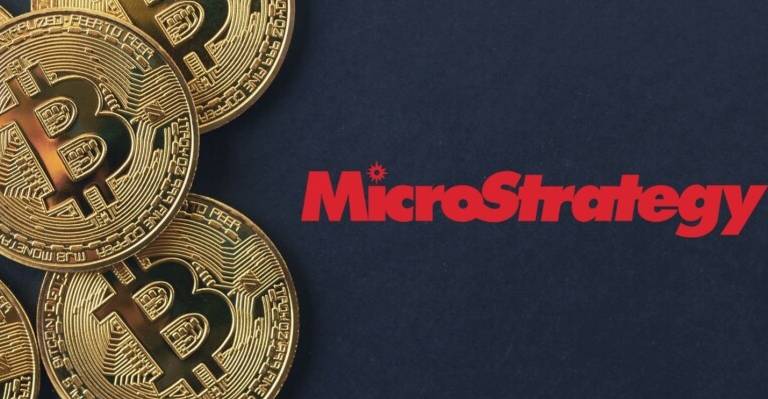TL;DR
- T-Rex Group files for a MicroStrategy leveraged ETF with high volatility.
- The ETF could be 20 times more volatile than the S&P 500.
- MicroStrategy is one of the largest public holders of Bitcoin.
Financial services firm T-Rex Group has filed to create a new leveraged exchange-traded fund (ETF) focused on MicroStrategy (MSTR) in the United States.
This ETF, described by Bloomberg ETF analyst Eric Balchunas as the “ghost pepper” of ETFs because of its potential for extreme volatility, could expose investors to roughly 20 times the typical volatility of the S&P 500.
T-Rex just filed for the first-ever 2x Microstrategy $MSTR ETFs.. these are a near-lock to be most volatile ETFs ever seen in the US, will likely be in the neighborhood of 20x the volatility of SPX. The ghost pepper of ETF hot sauce. pic.twitter.com/NlUQMVTOxI
— Eric Balchunas (@EricBalchunas) June 27, 2024
This measure has generated great interest and expectations in the financial market, given the risk and reward profile that it would imply.
MicroStrategy, founded in 1989 by Michael Saylor as a software company, has dramatically changed its strategy in recent years to become one of the largest public holders of Bitcoin.
Currently, the company owns around 214,400 Bitcoin, valued at approximately $13.2 billion.
Saylor has defended this strategy as a way to protect against inflation and a superior alternative to holding cash on the company’s balance sheet.
MicroStrategy‘s stock price has seen a significant rise, up 120% since the beginning of the year and a staggering 336% since last year.
This rise has been largely driven by Bitcoin’s value appreciation over the same period.
Saylor’s strategy has not only benefited MicroStrategy, but has also inspired other companies to follow a similar Bitcoin-focused approach to treasury management.
Firms such as Japan’s Metaplanet, healthcare firm Semler Scientific and Canada’s DeFi Technologies have all made significant purchases of Bitcoin as part of their core assets.
The potential launch of T-Rex Group‘s leveraged ETF reflects the growing trend of financial products designed to capitalize on the volatility and growth of the cryptocurrency market.
Leveraged ETFs allow investors to amplify their potential gains, but they also carry a higher risk of significant losses due to the very volatility they seek to exploit.
The European version of a MicroStrategy leveraged ETF has already demonstrated notably high levels of volatility, anticipating a highly dynamic and risky investment environment for the US market if T-Rex Group‘s application is approved.

Implications of the MicroStrategy Leveraged ETF
If approved, the T-Rex Group ETF will likely become the most volatile ETF ever seen in the US market.
This extreme volatility is largely due to MicroStrategy’s Bitcoin-focused investment strategy, which has already proven to be highly lucrative but also inherently risky.
The chance to amplify profits in a fast-growing market like cryptocurrencies is attractive to many investors, but it also increases exposure to potential steep declines.
Eric Balchunas, in calling this ETF the “ghost pepper” of ETFs, underlines not only the explosive potential for gains, but also the intensity of the associated risks.
Investors interested in this type of financial product will need to have a significantly high risk tolerance and be prepared for a rollercoaster of fluctuations in the value of their investments.
Furthermore, the growing adoption of Bitcoin-focused strategies by other companies suggests that we could see an increase in the offering of similar financial products in the future.
Firms like Metaplanet and Semler Scientific have followed in MicroStrategy’s footsteps, incorporating Bitcoin into their treasury strategies, which could indicate a broader trend in the market towards digital asset integration.
T-Rex Group‘s proposed leveraged ETF could mark a turning point in the financial market, offering significant opportunities while posing great risks.
Investors and analysts will closely monitor the development of this application and its potential impact on the dynamics of the ETF market in the United States.

